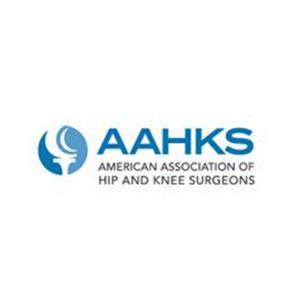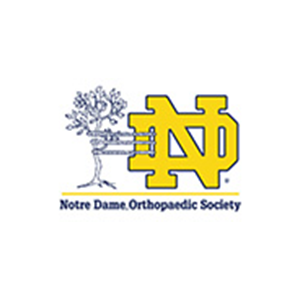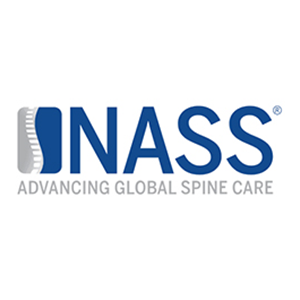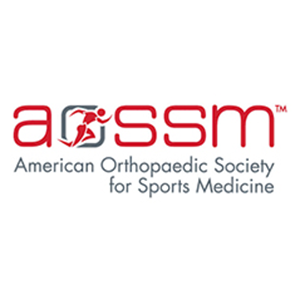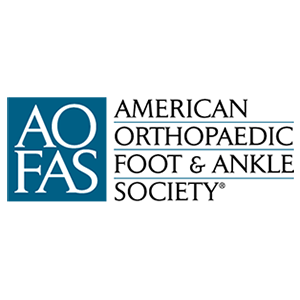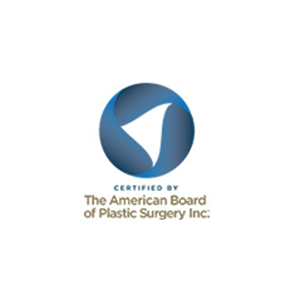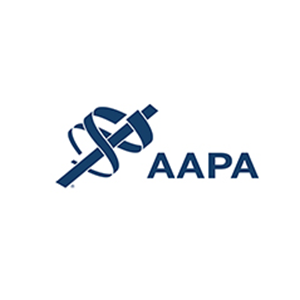Anterior Cruciate Ligament Tears
The anterior cruciate ligament (ACL) is one of the major stabilizing ligaments in the knee. It is a strong rope-like structure located in the center of the knee, running from the femur to the tibia. When this ligament tears, unfortunately, it does not heal on its own, and often leads to the feeling of instability in the knee.
Causes of an ACL Injury
- Sudden directional change
- Slowing down while running
- Landing incorrectly from a jump
- Direct blow to the side of your knee, such as during a football tackle
Symptoms of ACL Injury
When you injure your ACL, you might hear a loud “pop” sound and may feel the knee buckle. Within a few hours after an ACL injury, your knee may swell due to bleeding from vessels within the torn ligament. You may notice that the knee feels unstable or seems to give way, especially when trying to change direction on the knee.
Diagnosis of an ACL Injury
What is an ACL Reconstruction?
ACL reconstruction is a commonly performed surgical procedure. With recent advances in arthroscopic surgery, it can now be performed with minimal incision and low complication rates.
The advancements in arthroscopic surgery make it easy for surgeons to view and work on knee structures through small incisions. The repair of the torn ligament can be performed at the same time as the diagnostic arthroscopy with fewer surgical risks.
The surgery can usually be performed as an outpatient procedure, which means you may be discharged to go home on the same day as the procedure.
